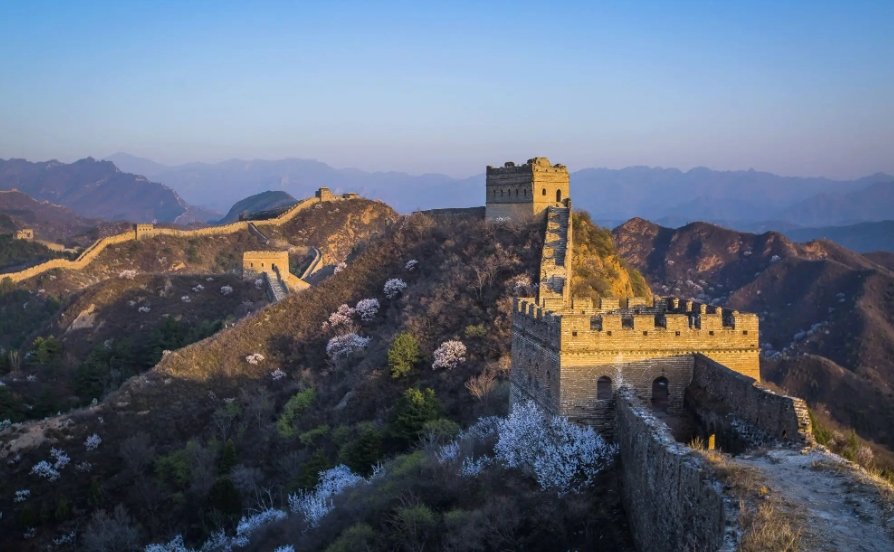
Scaling the Wall: Access and Exploration of China's Iconic Landmark
The Great Wall of China, a UNESCO World Heritage site and an awe-inspiring feat of human engineering, stretches across the country's northern landscape, a testament to centuries of history. With its diverse sections boasting unique architectural styles and natural beauty, the Wall attracts millions of visitors each year. But is this iconic landmark entirely open to the public?
The answer, like the Wall itself, is multifaceted. While numerous sections welcome visitors, access varies greatly depending on factors like location, restoration status, and historical significance.
Ticketed Access and Defined Hours:
Many of the more popular and well-preserved sections of the Great Wall operate as ticketed attractions, with designated opening and closing hours. These sections, often located closer to major cities like Beijing, offer visitors a structured and informative experience.
- Badaling: Perhaps the most famous section, Badaling features cable cars for easier access and boasts impressive restoration, offering visitors a glimpse into the Wall's former glory.
- Mutianyu: Known for its breathtaking scenery and well-preserved watchtowers, Mutianyu offers a more challenging climb but rewards visitors with panoramic views. Toboggan rides down the Wall are a popular attraction here.
- Jinshanling: This section offers a more rugged and authentic experience, with partially restored walls and stunning views of the surrounding mountains. Hiking trails here cater to different fitness levels.
These ticketed sections often provide additional amenities like visitor centers, museums, restrooms, and even restaurants. However, the structured experience comes with specific opening hours, generally from early morning to late afternoon.
Unticketed Exploration and the Call of the Wild:
Venturing beyond the restored and ticketed sections reveals a different side to the Great Wall. Numerous sections, often remote and untouched by large-scale restoration, are accessible without tickets and can be explored at your own pace.
- Gubeikou: Famous for its wild beauty and crumbling watchtowers, Gubeikou offers adventurous hikers a chance to experience the Wall in its more natural state.
- Jiankou: Considered one of the most dangerous sections due to its steep climbs and dilapidated state, Jiankou attracts thrill-seekers and photographers seeking unparalleled views.
- Simatai West: This challenging section, with its steep slopes and crumbling ramparts, offers a glimpse into the Wall's past and the relentless passage of time.
Exploring these sections requires careful planning, appropriate gear, and respect for the historical structure. It's crucial to remember that these areas lack amenities like restrooms or designated paths, and safety should be a priority.
The Importance of Responsible Tourism:
Whether you choose a well-trodden path or an off-the-beaten-track adventure, respecting the Great Wall and its surrounding environment is essential. Avoid littering, stay on designated paths when possible, and refrain from damaging or defacing the structure.
FAQs:
1. Can I visit the Great Wall all year round?
While many sections are open year-round, accessibility might be affected by weather conditions. It's best to check the specific section's website or contact local authorities for up-to-date information.
2. Are there any restrictions on what I can bring to the Great Wall?
Most ticketed sections have security checks, and items like drones, large backpacks, and flammable materials might be prohibited. Check the specific section's regulations beforehand.
3. Do I need to be physically fit to visit the Great Wall?
Fitness levels required vary greatly depending on the section. Some offer cable car access, while others involve steep climbs and rugged terrain. Choose a section that aligns with your physical capabilities.
note: This return of all, without the author's permission, may not be reproduced